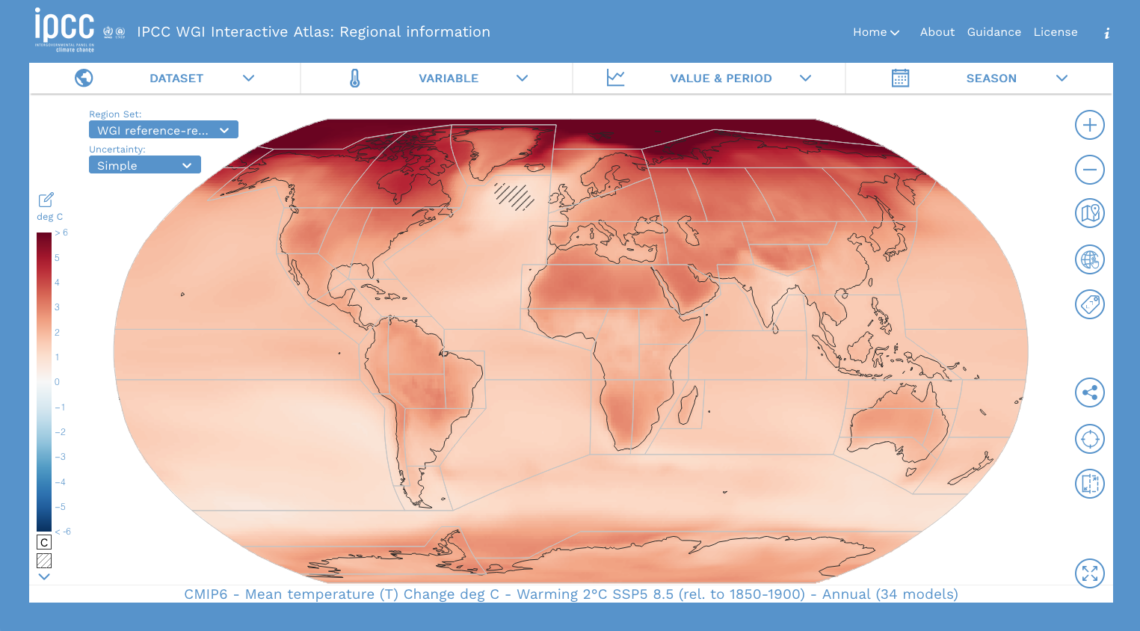The IPCC report released today concludes: “Unless there are immediate, rapid and large-scale reductions in greenhouse gas emissions, limiting warming to close to 1.5°C or even 2°C will be beyond reach.”
The good news is that it is not too late, and if we collectively wake up and take action now, we can save a lot.
And yet, it’s going to get worse before it gets better. So the temptation for denial, deflection, and despair is great. I get it and struggle with it all the time. But I am reminded that throughout our history humanity has managed to make big and rapid changes that seemed impossible in times of great darkness. Think of all the suffering and injustices that were ended because generations of people determined to end those conditions did not let the odds of success dissuade them.
Yes, it’s tempting to think that the problem is too large for you personally to even try to solve it. But here too, there is good news: in this moment of crisis we find ourselves in, going it alone is not what’s required of us. As the recent “How to fight climate despair” article in Vox states, the key to turning despair into action is to think beyond the individual and seek community support and solutions — especially those that put pressure on governments and companies to make the large-scale changes that are necessary to truly curtail emissions. Or as Mary Annaïse Heglar puts it, “the most detrimental thing to climate action is this feeling that we’re all in it alone.”
Whether you’ve been involved in the fight to preserve and protect the planet’s life-giving ecosystems for decades or you’re just starting to get worried and wondering what you can do in light of the current extreme weather events all across the globe, I like the invitation Ayana Elizabeth Johnson, co-editor of “All We Can Save”, extends to all of us to bring our superpowers to this work:
Asking everyone to do the same thing: everyone march, everyone spread the word, everyone reduce your own carbon footprint, and donate, and vote. And, yes, do all those things — I do them! But what an enormous miss for the environmental movement to not have been, this whole time, inviting people to bring their superpowers to this work. So instead of all following the same exact checklist, I encourage people to figure out the special things they can contribute to climate solutions.
And one way to do that is to draw a climate action Venn diagram with three circles. One circle is “What are you good at?”, the next is “What part of the climate problem do you want to help solve?”, and the third is “What brings you joy?” And then figure out how you can work at the epicenter of that Venn diagram for as many minutes of your life as you can.”
– From “Does the Climate Movement Need a Makeover?“
For our work as agents of change I think it’s important to ponder those questions, because we not only need all hands on deck, but for our hands to be locking together at their most constructive, effective, and creative. So it does start out with these personal questions of what we are good at and what gives our lives the most meaning, but they really are in service of a cause that’s larger than any of us individually. And that ultimately, when all the noise in our heads is tuned out, we are all in this together!




